Rank Species | Higher classification Tabernanthe | |
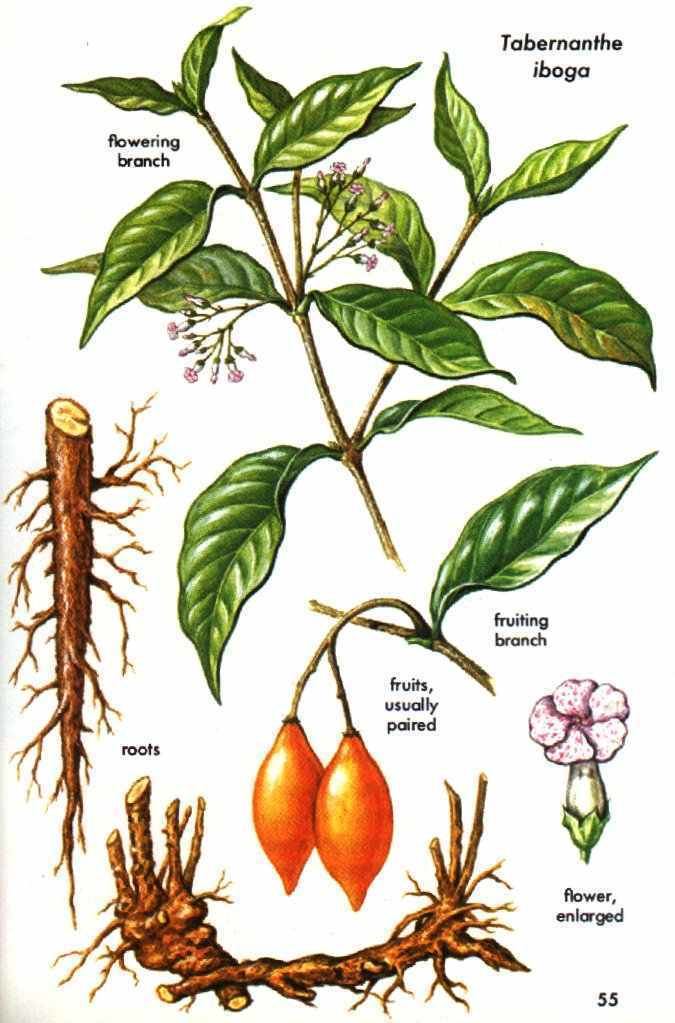 | ||
Similar Tabernanthe, Caapi, Voacanga africana, Voacanga, San Pedro Cactus | ||
Tabernanthe iboga or simply iboga is a perennial rainforest shrub and psychedelic, native to western Central Africa. Iboga stimulates the central nervous system when taken in small doses and induces visions in larger doses. In parts of Africa where the plant grows, the bark of the root is chewed for various pharmacological or ritualistic purposes. Ibogaine, the active alkaloid, is also used to treat substance abuse disorders and depression. A small amount of ibogaine, along with precursors of ibogaine, are found in Voacanga africana.
Contents
- Traditional use
- Addiction treatment claims
- Legal status
- Conservation status
- Patents and applications
- Documentary films about iboga
- References
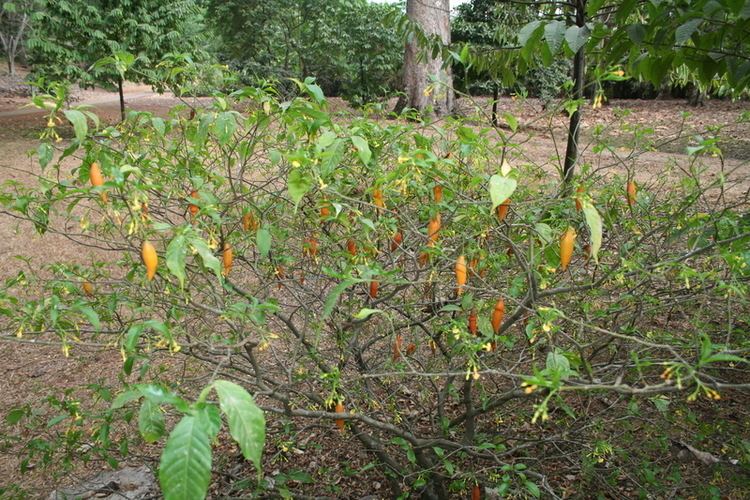
Normally growing to a height of 2 m, T. iboga may eventually grow into a small tree up to 10 m tall, given the right conditions. It has small green leaves. Its flowers are white and pink, while the fruit can be either an elongated oval shape, or a round spherical shape, both having an orange colour. Its yellow-coloured roots contain a number of indole alkaloids, most notably ibogaine, which is found in the highest concentration in the root-bark. The root material, bitter in taste, causes an anaesthetic sensation in the mouth as well as systemic numbness to the skin.
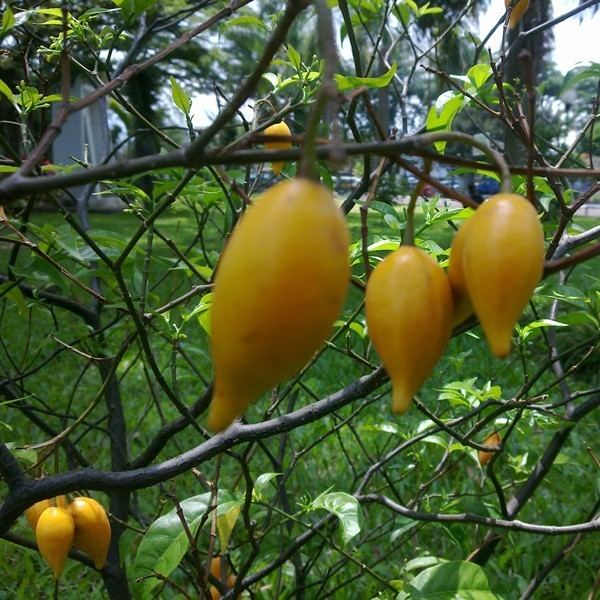
Traditional use
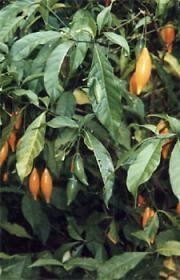
The Iboga tree is the central pillar of the Bwiti spiritual practice in West-Central Africa, mainly Gabon, Cameroon and the Republic of the Congo, which uses the alkaloid-containing roots of the plant in a number of ceremonies. Iboga is taken in massive doses by initiates of this spiritual practice, and on a more regular basis is eaten in smaller doses in connection with rituals and tribal dances, which are usually performed at night. Bwitists have been subject to persecution by Catholic missionaries, who to this day are thoroughly opposed to the growing spiritual practice of Bwiti. Léon M'ba, before becoming the first President of Gabon in 1960, defended the Bwiti religion and the use of iboga in French colonial courts. On June 6, 2000, the Council of Ministers of the Republic of Gabon declared Tabernanthe iboga to be a national treasure.
In lower doses Iboga has a stimulant effect and is used to maintain alertness while hunting.
Addiction treatment claims
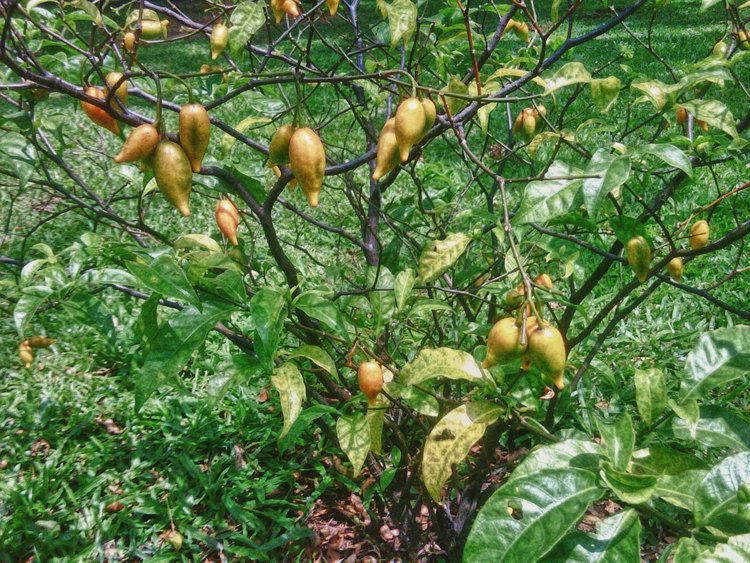
Iboga extracts, as well as the purified alkaloid ibogaine, have attracted attention because of their purported ability to reverse addiction to recreational drugs such as alcohol and opiates. Anecdotal reports assert that administration of ibogaine reduces craving for opiates and cocaine for extended periods of time. Ibogaine is a k-opioid agonist which may be the reason it reduces opiate withdrawal symptoms. While some published data suggests that iboga derivatives attenuate drug- and ethanol-induced behaviors in rodents, no controlled studies in humans have been reported.

Ibogaine is classified as a schedule 1 controlled substance in the United States, and is not approved there for addiction treatment (or any other therapeutic use) because of its hallucinogenic and cardiovascular side effects, as well as the absence of safety and efficacy data in human subjects. In most other countries it remains unregulated and unlicensed.
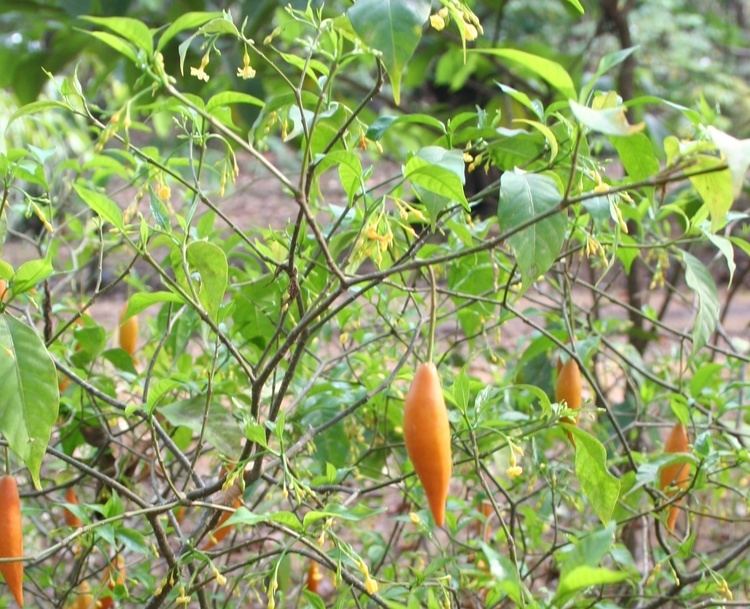
Independent ibogaine treatment clinics have emerged in Mexico, Canada, the Netherlands, South Africa, and New Zealand, all operating in what has been described as a "legal gray area". Covert, illegal neighborhood clinics are also known to exist in the United States, despite active DEA surveillance. Addiction specialists warn that the treatment of drug dependence with ibogaine in non-medical settings, without expert supervision and unaccompanied by appropriate psychosocial care, can be dangerous — and, in approximately one case in 300, potentially fatal.
Legal status
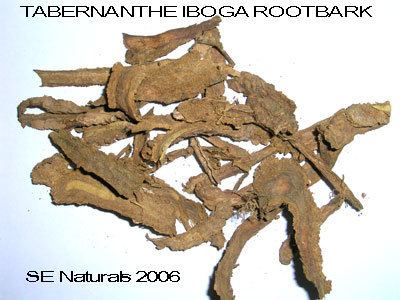
Iboga is outlawed or restricted in Belgium, Poland, Denmark, Croatia, France, Sweden, and Switzerland. In the United States Iboga is classified by the Controlled Substances Act on the list of schedule I drugs.
Non-profit organization Föreningen för hollistisk missbruksvård (ibogain.se) is trying to convince the Swedish government to start up clinical investigations of its anti-addictive properties, loosen up the prohibition law against ibogaine, and allow the creation of treatment facilities in Sweden.
Exportation of iboga from Gabon is illegal since the passage of a 1994 cultural protection law.
Conservation status
While little data is available on the exploitation and existing habitat of the iboga plant, the destructive effects of harvesting and slow growth could have already severely damaged the wild iboga population.
Patents and applications
Here is a selection of iboga patents and patent applications filed in the last decade
